Section 1
Defining Leadership
By Boundless
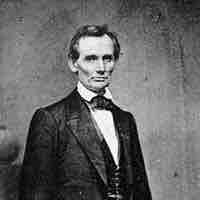
Leadership is the process by which an individual mobilizes people and resources to achieve a goal.
Though they have traits in common, leadership and management both have unique responsibilities that do not necessarily overlap.

Power is the ability to influence the behavior of others with or without resistance by using a variety of tactics to push or prompt action.
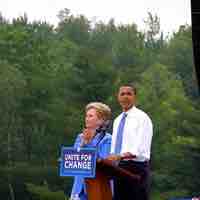
Leaders use social influence to maintain support and order with their subordinates.

A clear and well-communicated vision is essential for a leader to gain support and for followers to understand a leader's goals.
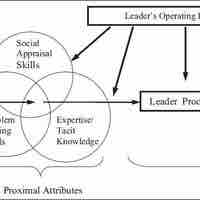
Traits of effective leaders are conditionally dependent and have been debated for years, but researchers have identified some commonalities.
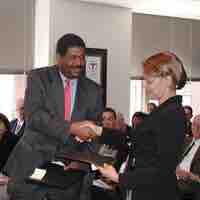
Leaders may adopt several styles according to what is most appropriate in a given situation.
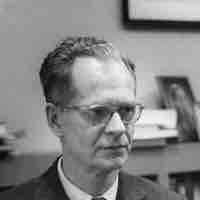
Theories of effective leadership include the trait, contingency, behavioral, and full-range theories.